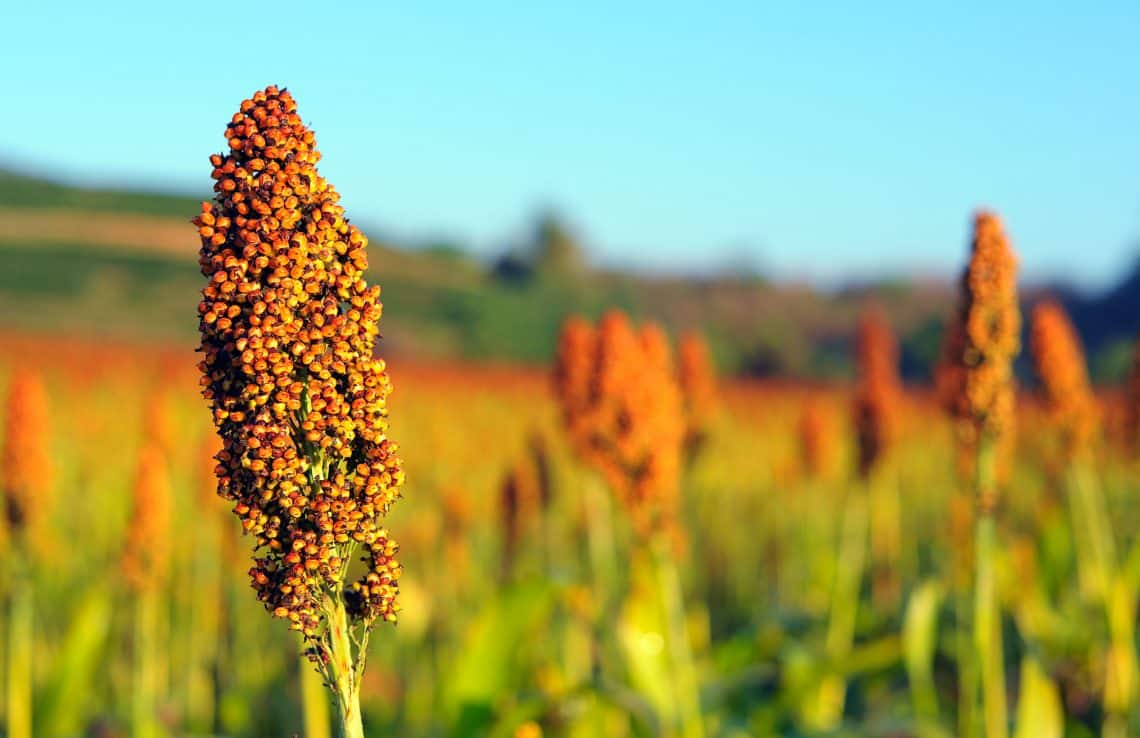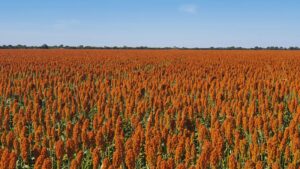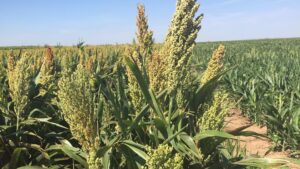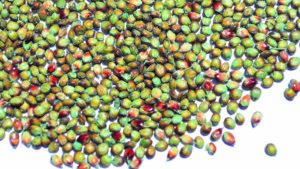Half a million genetically diverse sorghum plants have put down roots at The University of Queensland’s (UQ) Gatton campus. The climate-tolerant crop will play an important role in future-proofing cereal production.
UQ Professor Robert Henry believes the sorghum mutants could change the way producers use the plant breeding technique mutagenesis, stated a news release from The University of Queensland Australia.
“Usually when mutagenesis is used, a gene of interest is found, a genetic variation induced, and the new trait is then bred over several generations,” said Henry.
“What this project is doing is generating and propagating half a million Australian-grown genetically diverse sorghum lines in advance and using high-throughput DNA screening tools to create a searchable library of genetic traits.”
Sorghum is the fifth most cultivated cereal around the world and the EU ranks sixth for global sorghum importers. The crop currently covers 250,000 ha in the EU, according to the European Commission’s Research Executive Agency (REA).
The Semper Ardens research product, ‘Crops for the future-Tackling the challenges of changing climates,’ could be groundbreaking for the sorghum industry in Europe. The research effort is led by Vice President Birgitte Skadhauge atCarlsberg Research Laboratory.
“There is a great need for the world to have better and more climate-tolerant crops, particularly in areas with marginal agriculture,” shared Professor Skadhauge. “A significant knowledge of plant genetics is essential for the sustainable production of crops bred for traits like increased drought tolerance and improved disease resistance.”
The first harvest is set for early 2022. The seeds will then be taken from each sorghum plant and divided amongst researchers in Australia and Denmark, who will create a database after analysing the extracted DNA, said the release.
“They’ll do the screening and tell us what packet of seed is likely to have the genetic variant of the gene we are looking for,” stated Henry. “We’ll then grow that and see if it provides the disease resistance we were hoping for.”
Initial research will focus on sorghum, yet researchers are hopeful that the same process can be used on other cereals in the future.
“Sorghum is the starting point because it’s a crop that grows in warmer and drier environments that other cereals,” explained Henry. “An easily accessible library of genetic variation in such a flexible crop will help facilitate innovative uses of sorghum.”
Read More About Sorghum:
Chinese Experts Develop Fragrant Sorghum Using CRISPR
Sweet Sorghum: Sweet Promise for the Environment
The Development of Sorghum Forage in Europe: A New Perspective For Farmers













